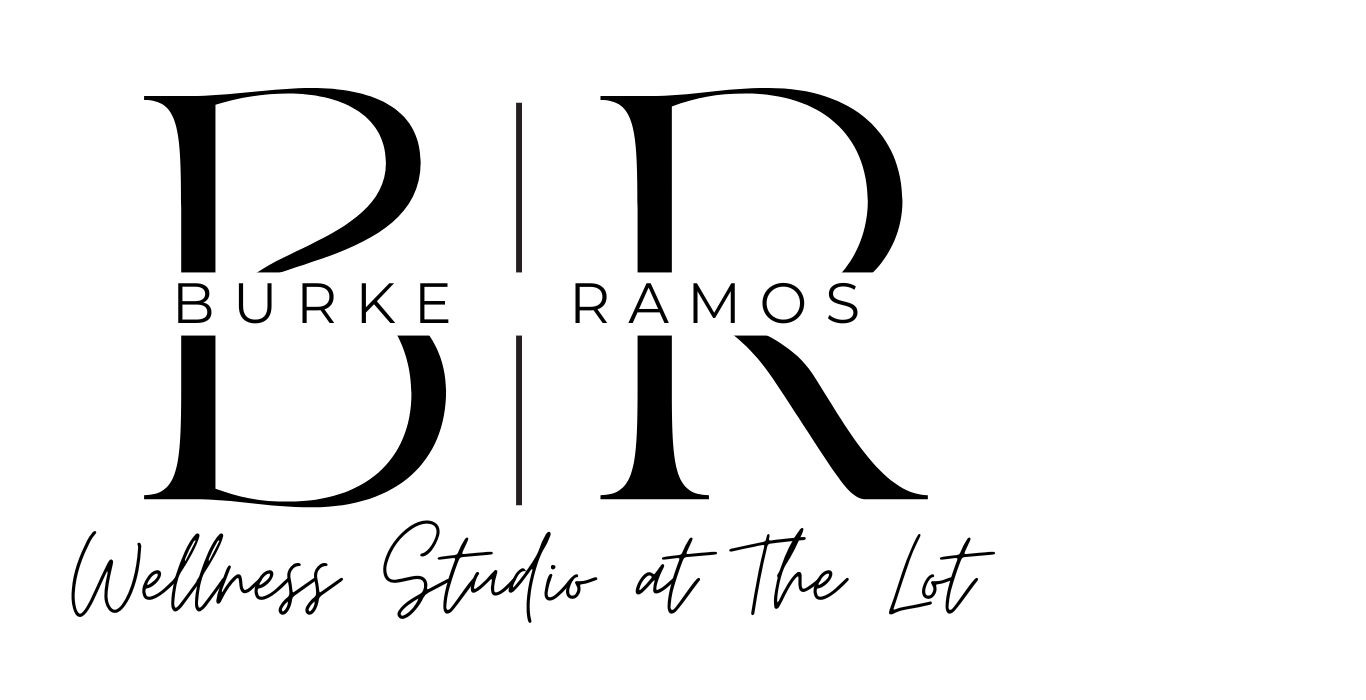Chiropractic
What is Chiropractic?
The cornerstone of chiropractic is spinal manipulation, often called the "adjustment". It may involve either gentle pressure, or a quick thrust to restore normal motion to joints that have become restricted or "locked". While manipulation may be performed by other physicians, Doctors of Chiropractic have the most extensive experience and education in manipulation, performing 94% of the spinal manipulations in the United States. Numerous scientific studies have proven the efficacy, safety, cost-effectiveness and high levels of patient satisfaction of spinal manipulation. As a result, it is one of only two treatment protocols given the highest recommendation for the treatment of low back pain by the Agency for Health Care and Policy Research (AHCPR), an arm of the US Department of Health and Human Services.

What should I expect?
Each condition requires different types of treatments. Patients have different needs, depending on what stage of pain and discomfort they are in. See the tabs below for information on some different types of treatments.
-
Chiropractic adjustments offer a wide range of potential benefits, such as pain relief, increased mobility, better posture, and overall wellness. By performing spinal adjustments and manual therapies, they strive to correct alignment and function in the musculoskeletal system. This can alleviate nerve pressure, release muscle tension, and support optimal nerve health. In addition to potentially addressing back pain, neck pain, headaches, and joint issues, chiropractic care may effectively treat and manage these conditions.
-
Electrical Muscle Stimulation (EMS), also known as "muscle stim," is a therapy that involves applying low levels of electrical impulses to injured tissues to alleviate pain and expedite the healing process. Patients often find the sensation enjoyable, likening it to a "tingling" or an "electrical massage," as these impulses prompt the release of natural pain-relieving endorphins. By diminishing pain and inflammation, these endorphins facilitate quicker recovery of the affected tissues. This treatment is commonly employed for acute or chronic pain, muscle strains, sprains, and soft tissue injuries in the spine and limbs.
-
Whether applied manually or mechanically, traction offers comparable benefits. It serves as an excellent therapeutic option for alleviating pressure on cervical (neck) or lumbar (lower back) discs. Traction is effective in minimizing joint and nerve pain, as well as reducing pressure and inflammation resulting from bulging or herniated discs. This procedure is notably comfortable and typically lasts for several minutes.
-
Ice therapy, or cryotherapy, is commonly associated with treating acute injuries. However, applying ice to any painful tissue can be effective at any stage of an injury. This method works by reducing blood flow to the tissue, resulting in decreased swelling, pain, and muscle spasms. Proper ice application is crucial - limit it to 20 minutes per session, but you can repeat it hourly. Never apply ice directly to the skin; always wrap the ice pack in a paper towel or thin damp cloth before use. For ankle and wrist/hand injuries, an ice bath is a great option. Treat the affected area for 5-8 minutes, twice daily.
-
The application of heat is effective in treating long-standing conditions. It is advisable to avoid using heat in the initial days or weeks after an injury, particularly if there is swelling. Optimal heat sources include warm baths, showers, or moist heating pads. Dry heating pads should be avoided as they can exacerbate swelling and inflammation. Like ice therapy, limit heat application to 20 minutes per hour. Refrain from sleeping with a heating pad on to prevent increased pain and tissue damage. Our preferred choice is the Thermophore Moist Heat system.
